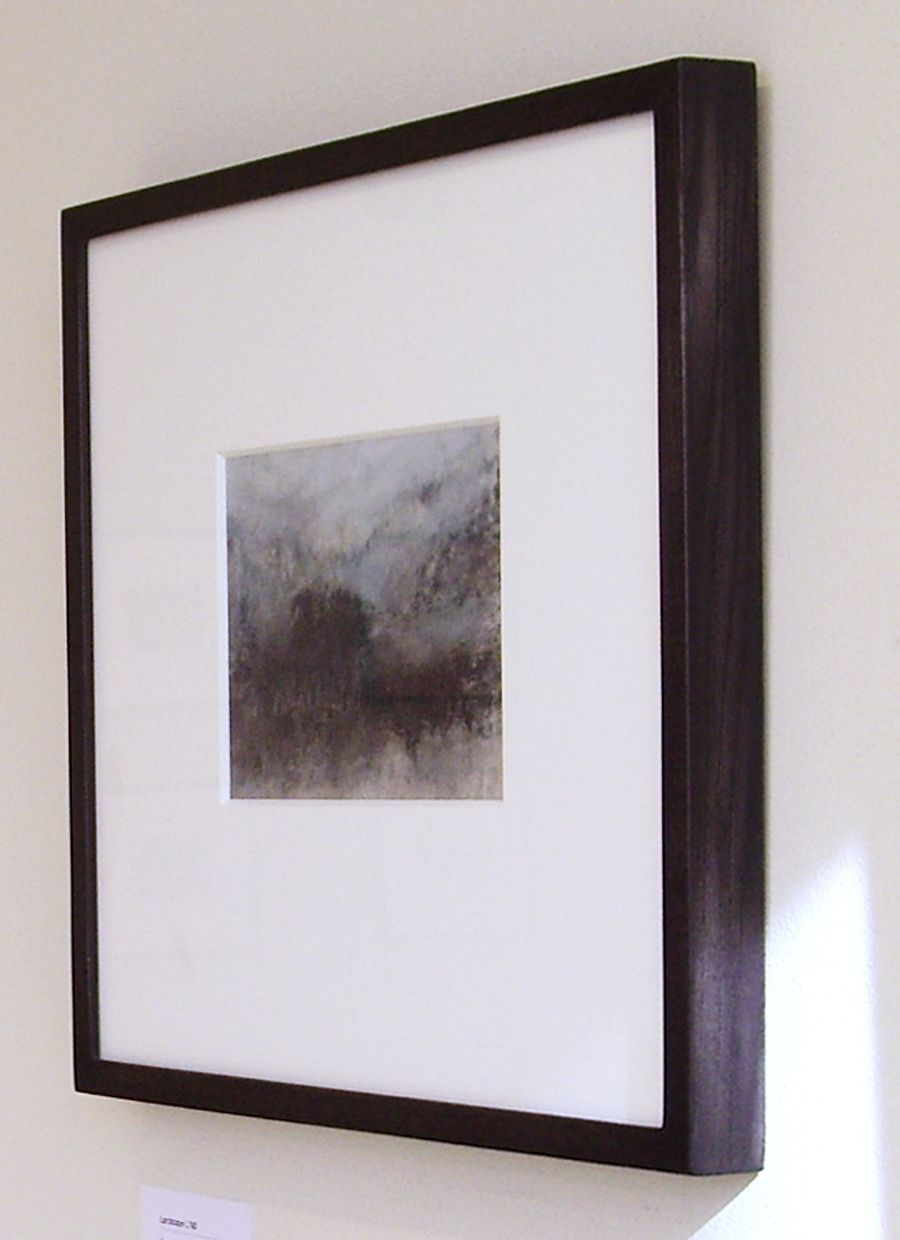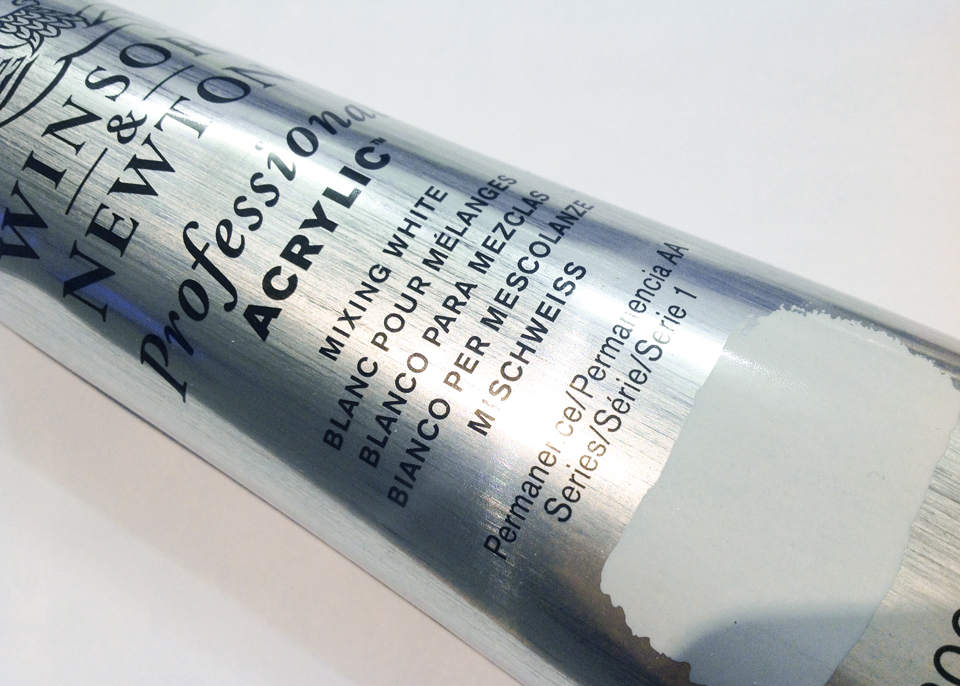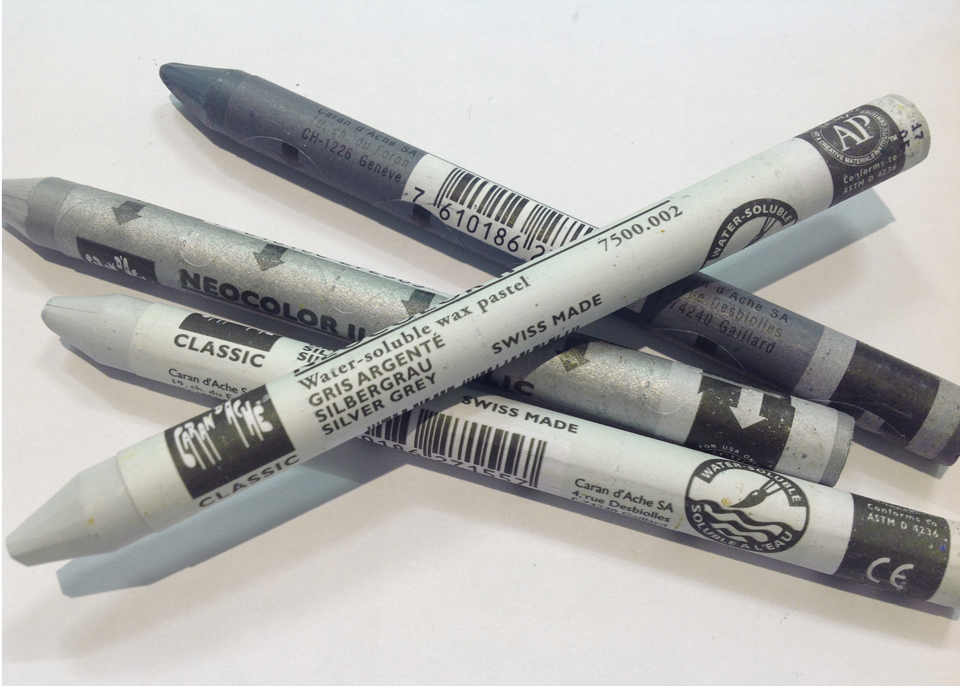Professional quality artists' materials and museum standard framing


All works on paper use the highest quality professional artists materials to give the following benefits to collectors:
⊕ excellent pigment lightfastness
⊕ excellent pigment permanence and durability
⊕ maximised long term viability of the artwork
⊕ pigment binder stability
⊕ substrate durability
Artists' quality materials, particularly pigments, are the best quality grades, typically characterised by the use of the highest quality pigments and resins, plus they contain less binder than in other lower grades of material. This makes for more intense, clearer and purer colouration with characteristics defined by the pigments used – qualities such as texture, drying times, opacity and staining capacity will vary from colour to colour, because the pigment concentration is very high. Naturally this grade of material is considerably more expensive but essential in the making professional artworks. These higher grade materials are also more likely to be lightfast and therefore resistant to fading over time, ensuring the long term viability of the artwork. Not all colour pigments are sufficiently lightfast and those that are considered to be fugitive are not used. See the next section below for more information about lightfastness and permanence.
All works on paper are custom framed to museum standards, giving the following benefits to collectors:
⊕ gallery standard presentation and protection
⊕ Clear non-reflective glazing for perfect viewing
⊕ Individually crafted and hand painted frame
⊕ Soft wax semi matt finishing
⊕ substantial frames using solid real oak profiles
⊕ sealant between front and back mount boards
⊕ Protection for the surface from harmful UV rays
⊕ Thick generous archival quality mounts
High quality hand-crafted and painted frames equate to gallery presentation. These are sized and made individually for each painting and meet both archival and gallery presentation standards. The frame profiles are of 3cm oak sections, assembled and then painted in several layers with a dark grey stain and then rubbed back carefully by hand to a soft, almost matt finish, that brings out the natural grain of the wood. This is a highly skilled job that is undertaken only when the frame profiles have been assembled. Archival acid free deep mounts in a soft white complement and protect the artwork. Museum glazing gives direct viewing of the artwork surface, without reflective interference. Sealant between front and back mounts prevents any ingress of moisture in the air or latent humidity to the artworks surface.


Lightfastness is a property of a colourant such as dye or pigment that describes how resistant to fading it is when exposed to light. This is vital in artworks that collectors expect to last in their original state, that is to say 'as made'.
The permanence of an artists' colour is defined as their resistance to change when exposed to light and the atmosphere. Ratings will take into consideration several additional factors including the natural passage of time, accelerated tests for lightfastness and binder stability, combined with results from pigment manufacturers' own testing. Lightfastness is one element in determining permanence of a material.
Lightfastness ratings use two internationally accepted scales, ‘ASTM’ (The American Society for Testing and Materials) and the ‘Blue Wool Scale’.
ASTM highest ratings I and II are both considered permanent for artists’ use. On the Blue Wool Scale the highest classes 8 and 7 are considered artist grade.
Protecting fine art from the harmful effects of ultra violet rays present in both natural and electric light is also of paramount importance. Artworks should never be placed where they may be in direct sunlight for all or part of the day, nor within highly lit environments, such as conservatories or atriums. Artworks should ideally be hung in areas away from direct light.
